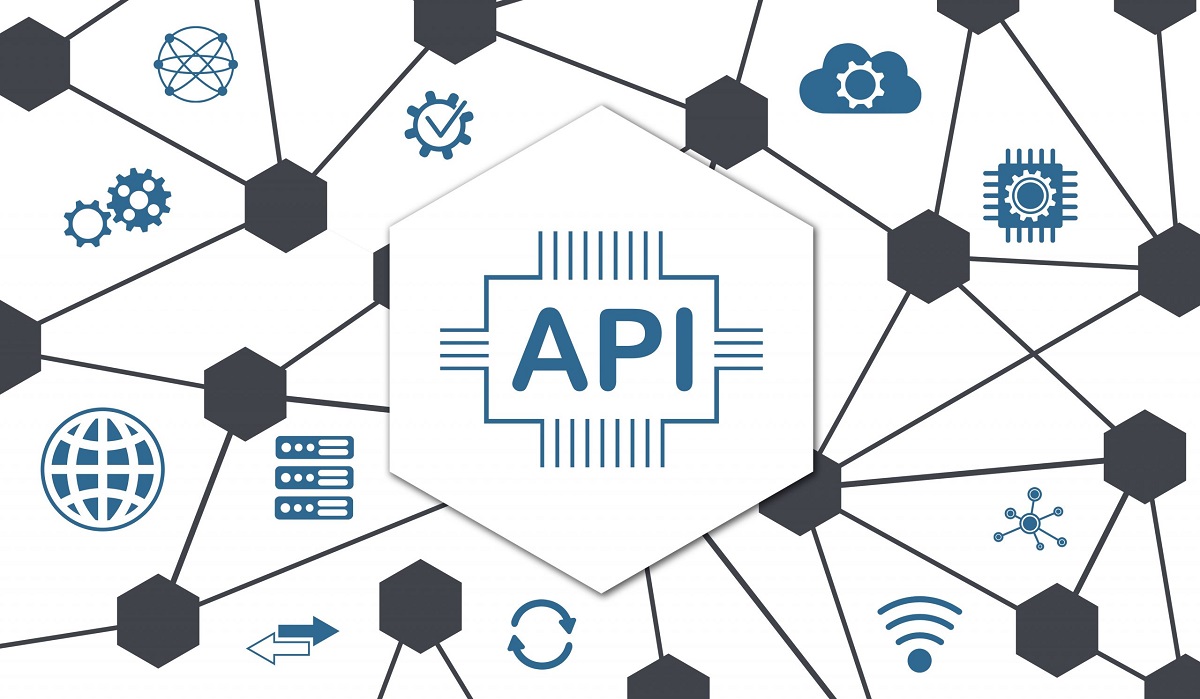Best Practices in API Integration for Secure Payment Transactions

As digital payments become increasingly common across platforms and devices, securely facilitating payments and payouts via application programming interfaces (APIs) has become crucial for many businesses. However, security should be the number one priority when dealing with sensitive financial information. Transmitting credit card details or accessing financial data via APIs requires rigorous defenses against threats like fraud, data leaks, and compliance errors, which could lead to financial losses and erosion of customer trust.
By learning and implementing industry best practices around payment API integrations, developers can incorporate payment acceptance securely. From encryption to access controls, monitoring, and fail-safes, adhering to core security tenets enables low-risk integration with standard payment gateways and services. Whether interacting with third-party platforms or building your payment flows, keeping security guidelines in mind from initial design through deployment will lead to more robust, protected integrations between systems and payment providers.
Use SSL/TLS Encryption
SSL/TLS encryption should be utilized for all API communication involving financial or personal data. SSL encrypts data in transit, preventing man-in-the-middle attacks where data is intercepted. Enable SSL on the server and check for SSL certificate validity in the API client. For optimal security, disable outdated versions of TLS and upgrade to the latest TLS 1.2 or higher.
Validate Inputs and Outputs
Scrutinize all inputs from the payment processor to guard against common attacks like cross-site scripting (XSS) and SQL injection. Escape special characters, sanitize inputs by type, check for valid formats, and set length limits on free text inputs. Standardize API outputs and validate against expected properties to avoid leaking data.
Use API Keys for Authentication
Require unique API keys, not just basic authentication, to interact with online payment processors. This ensures rogue apps cannot access or misuse payment APIs without proper permissions. Set API keys to expire after a designated period and allow them to be rotated or revoked as needed.
Restrict Permissions
Utilize role-based permissions and allow only necessary payment actions for each API key. Read-only keys can access transactions but not create payments. Other keys may be restricted to certain dollar amounts, merchants, products, etc. Explicitly define and enforce these restrictions through parameters or claims verification.
Encrypt Sensitive Data
Sensitive payment information like credit card numbers should be encrypted during transmission and at rest – not just when initially submitted. Tokenization can replace raw credit card data with random tokens to avoid broad storage and exposure. Data should be encrypted using strong standards like AES-256 or PKCS.
Use Up-to-Date Security Protocols
Adhere to the latest security recommendations when integrating payment APIs, since financial tech evolves rapidly. Support 3D Secure 2.0 for dynamic authentication, enforce PSD2 Strong Customer Authentication when applicable, and conform to standards like PCI DSS for safely handling sensitive credentials.
Monitor and Log Activity
Detects attacks by analyzing logs for abnormal activity like high-frequency requests, repeated failed logins, or unfamiliar geolocations. Debug issues faster by logging key transaction data like timestamps, API keys, IP addresses, etc. Log analysis software can automatically flag suspicious anomalies for further authentication.
Perform Security Audits
Assess payment API integrations periodically to ensure proper implementation of the above best practices. Perform code reviews to catch any vulnerabilities, test attack vectors like SQLi to confirm defenses work and run end-to-end failure testing. Depending on the scale, formal penetration testing by a qualified security firm may be worthwhile.
Prioritize Security Updates
Security threats can emerge at any time, so stay on top of updates from payment API vendors. Schedule upgrades to run promptly when new library or SDK versions are released. Updates frequently patch exploits or add protection for novel attack types.
Design With Fail-Safes
No payment integration is impenetrable, so incorporate fail-safes in case of breaches like secondary credentials, step-up authentication, and account freezes. For ultimate protection, integrate with fraud detection providers to analyze transactions and catch bad actors automatically.
Document Responsibly
Capture security policies and procedures in writing – particularly key management processes like assigning and rotating API keys or responding to breach incidents. However, avoid exposing specific technical vulnerabilities, vectors, or sensitive data examples that could aid attackers.
Partner With Payment Leaders
Building a proprietary payment integration from scratch invites security risks unless core competency. Leverage trusted platforms like Stripe, PayPal, and Square, which prioritize state-of-the-art protection against fraud and already satisfy major compliance standards.
Conclusion
By sticking to security fundamentals and keeping integrations up-to-date, API developers can incorporate safe payment functionality into their apps and platforms without undue risk. Adopting these industry best practices as standard procedures makes the increasingly complex payment landscape far more manageable. Though threats persist, vigilant builders can stay steps ahead.



